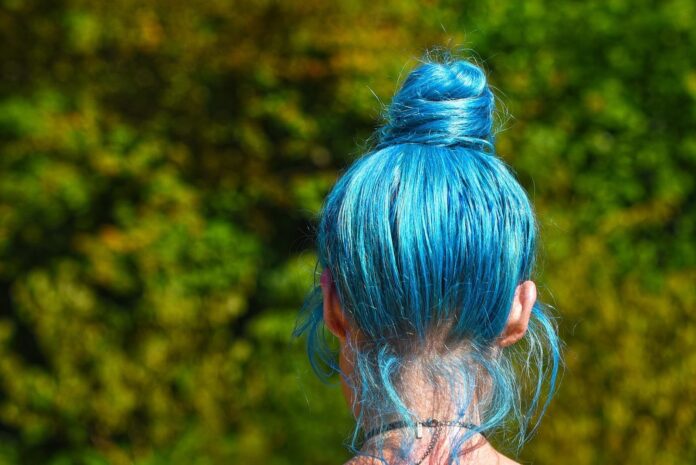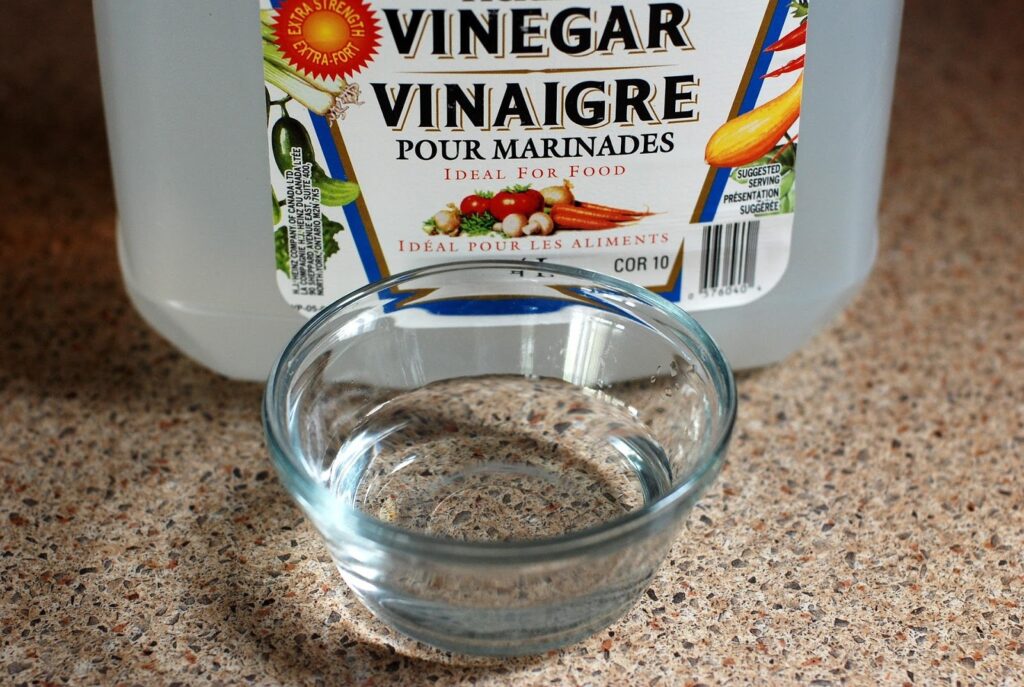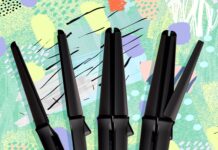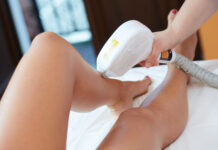
Haircuts and different makeup give changes that we need to prevent boredom over the reflection staring back in the mirror. A dramatic change comes when taking the leap and transforming your appearance entirely, like wearing contact lenses a color different from your natural eye or dyeing your hair a different shade.
Many people would like to play with different color choices for their hair. Still, most stop themselves for fear of damaging the texture with the harsh chemicals in the dyes. Over time the strands grow dry and dull from extensive coloring.
Generally, once you start coloring, it is something with which you need to be consistent. That means you either do it or you avoid it. Not necessarily. It simply means you might have to put in a little extra time and effort to maintain healthy color-treated hair.
The Best Methods for Taking Care of Color-Treated Hair

Some people change their hair as the seasons come and go, from spring light, bright softness to fall warm chestnut. You do not have to miss out on the fun of transforming as your personality dictates.
It merely requires extra care before coloring and after to maintain hydration and retain the shine. The primary problem with developing damage is not realizing that with each new shade comes more time and effort in keeping your hair at its healthiest. Some steps you will need to incorporate to retain the overall radiance include:
- Hydration Is the Primary Factor for Follicle Health: Not only is our body reliant on staying well hydrated but losing moisture due to color treatment is a primary factor in resultant damage to your hair
- Locks need hydration, whether colored or not, but once you invest in the treatment, merely shampooing and conditioning will not provide all the moisture for which it thirsts.
- Hair masks and regimens of oiling sessions will need to be included in your routine to compensate. Before you decide to change your color, be aware that you will need more additional time for self-care. It will affect your lifestyle to a certain degree.
- The Shampoo You Choose Will Matter: In most cases, when you change the shade of your hair, your products will need to change as well, especially the type of shampoo that you use. A variety of protectants will keep the tone from fading as quickly.
- It is also essential to search for options that are free of sulfates. These consist of salt that further reduces moisture and contributes to fading. Shampoos without the sulfates, but that add moisture, are much healthier choices.

These might prove less cost-effective, but lower quality varieties will not necessarily provide the necessary nutrients for treated hair.
- A Protein Hair Mask Is an Extra Nourishing Step: You have extra steps when you change shades, but it is worth it. Again, it might affect your lifestyle in a few ways, so make sure it is something which you are willing to spend adequate time. Otherwise, your hair will suffer.
Most people do not have extra time for hair masks, but these are an essential habit to develop. These go on approximately an hour before shampooing to provide deep moisturizing and repair any damages.
You can easily make one right at home by using mayonnaise (2 tablespoons) whisked with an egg until it is smooth and then applied from the roots to the ends, where it will stay for approximately 20 minutes until you rinse it out with your shampoo.
- Vinegar Is Another Healthy Home Remedy: A shade can endure the test of time and present with a healthy shine if you incorporate diluted vinegar into your cleansing ritual. Dilute it into freshwater.
When washing your hair, this solution should be the last thing you rinse through it. Vinegar has a reputation as a powerful antibacterial. It boasts the ability to keep the strands clean while the acid pH touts keeping the shade from fading too quickly.

- The Most Nourishing Conditioner Is Essential: You can use home remedies, which can include substances like honey, bananas, yogurt, coconut milk, aloe vera gel, vitamin E oil, or avocados. The idea is to make sure the conditioner is exceptionally nourishing to maintain shine and radiance.
You will also want to use a leave-in conditioner for added protection. These consist of silicone ingredients meant to diminish frizz and prevent sun damage.
- Avoid High-Heat Tools: Not only when you change the color of your hair, but even for those who do not, you should avoid the use of heat as much as possible, whether it is hairdryers, curling tools, or straighteners. The heat sucks moisture from hair.
It is better to wash with cool water, towel dry (without rubbing), comb with a wide-tooth comb (especially longer locks), and then finish air-drying. If you have to use a hair dryer or one of these other devices, make sure to keep it on the coolest setting.
Not only do you need to use the best products, whether home remedies or healthy choices like Keranique, but it’s essential to ensure that you enjoy a wholesome, well-balanced diet to have a naturally healthy head of hair. If you lack nutrients, particularly proteins, it can result in thinning strands, dry, dull, coarse hair, regardless of the time and effort you put into caring for it.
Final thought
You do not have to deprive yourself of exciting transformations or avoid the latest hair color trends to stay true to healthy, undamaged locks. You can have both. It is ok to have a good time with change. All you need to do is take the necessary precautions to retain nutrients and moisture with your strands.
There might be some changes in your lifestyle as you take extra time for your self-care, a little more time for nurturing, but in the end, it is worth it. Taking time for oneself leads us on the path to overall wellness, mind, body, and spirit. While you are starting with your hair in this instance, it will surely spread to other areas of your well-being in time.











